Apple’s new Vision Pro headset VR doesn’t support “immersive” adult content — and the people who bought it for that are not happy.


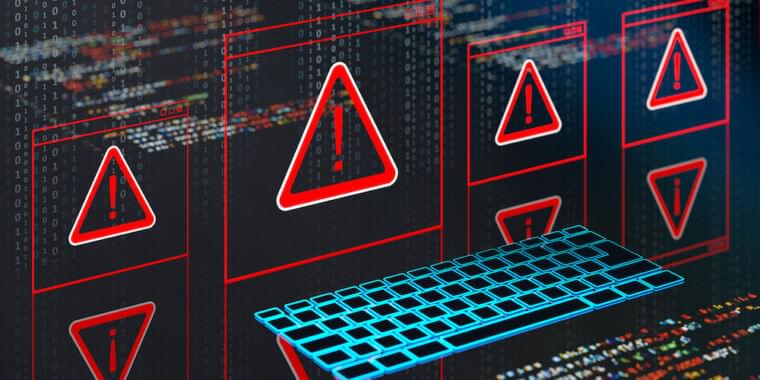
Linux developers are in the process of patching a high-severity vulnerability that, in certain cases, allows the installation of malware that runs at the firmware level, giving infections access to the deepest parts of a device where they’re hard to detect or remove.
The vulnerability resides in shim, which in the context of Linux is a small component that runs in the firmware early in the boot process before the operating system has started. More specifically, the shim accompanying virtually all Linux distributions plays a crucial role in secure boot, a protection built into most modern computing devices to ensure every link in the boot process comes from a verified, trusted supplier. Successful exploitation of the vulnerability allows attackers to neutralize this mechanism by executing malicious firmware at the earliest stages of the boot process before the Unified Extensible Firmware Interface firmware has loaded and handed off control to the operating system.
The vulnerability, tracked as CVE-2023–40547, is what’s known as a buffer overflow, a coding bug that allows attackers to execute code of their choice. It resides in a part of the shim that processes booting up from a central server on a network using the same HTTP that the Internet is based on. Attackers can exploit the code-execution vulnerability in various scenarios, virtually all following some form of successful compromise of either the targeted device or the server or network the device boots from.
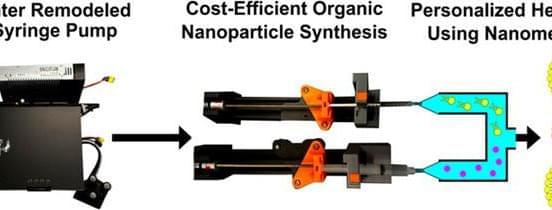
Stefan Wilhelm, an associate professor in the Stephenson School of Biomedical Engineering at the University of Oklahoma, and several students in his Biomedical Nano-Engineering Lab have recently published an article in the journal Nano Letters (“Toward the Scalable, Rapid, Reproducible, and Cost-Effective Synthesis of Personalized Nanomedicines at the Point of Care”) that outlines their recent important nanomedicine advancement.
The group examined how to create tools that produce nanomedicines, such as vaccine formulations, directly at the point of care. In doing so, the large centralized facilities, shipping challenges, and extreme cold storage challenges faced during the COVID-19 pandemic would no longer limit vaccine distribution.
Wilhelm, with student researchers such as Hamilton Young, a senior biomedical engineering student, and Yuxin He, a biomedical engineering graduate research assistant, used 3D printer parts to mix fluid streams together containing the building blocks of nanomedicines and their payloads in a T-mixer format.


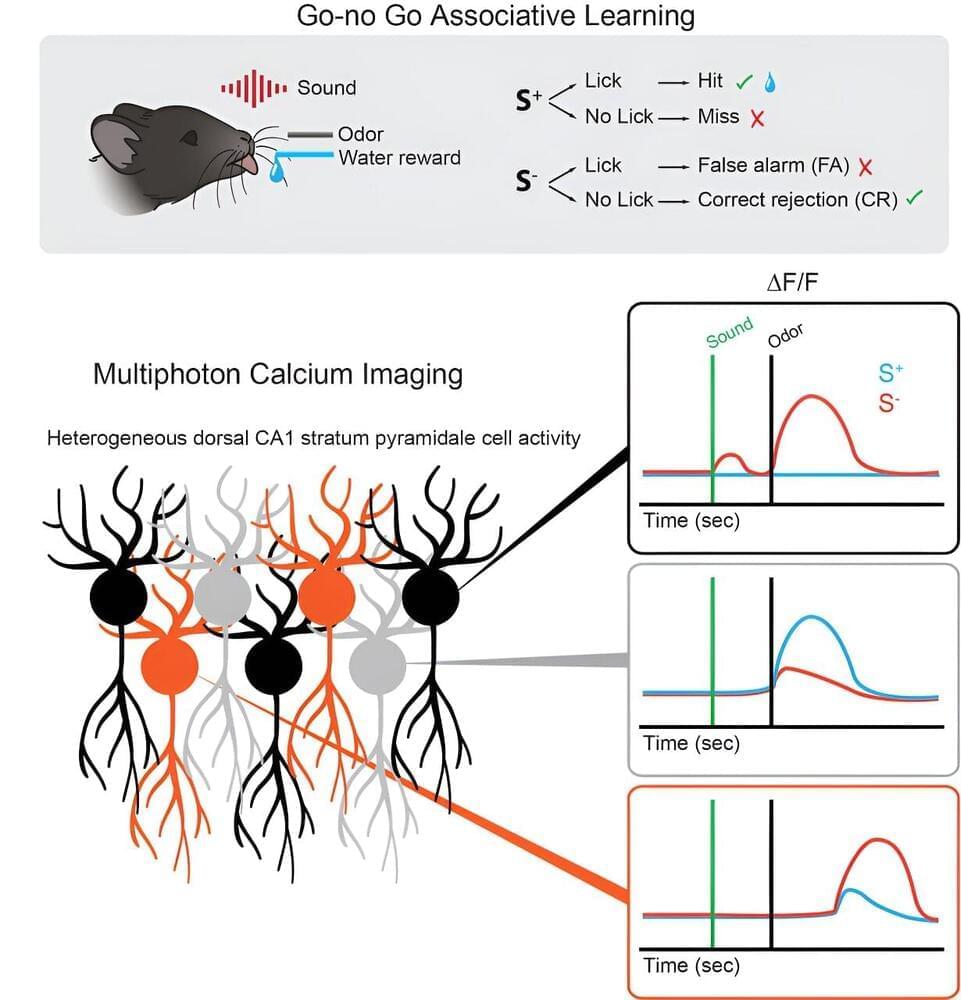
Researchers at the University of Colorado Anschutz Medical Campus have discovered that odors stimulate specific brain cells that may play a role in rapid “go/no-go” decision-making.
The study was published online Tuesday (Feb. 6) in the journal Current Biology.
The scientists focused on the hippocampus, an area of the brain crucial to memory and learning. They knew that so-called “time cells” played a major role in hippocampal function, but didn’t know their role in associative learning.
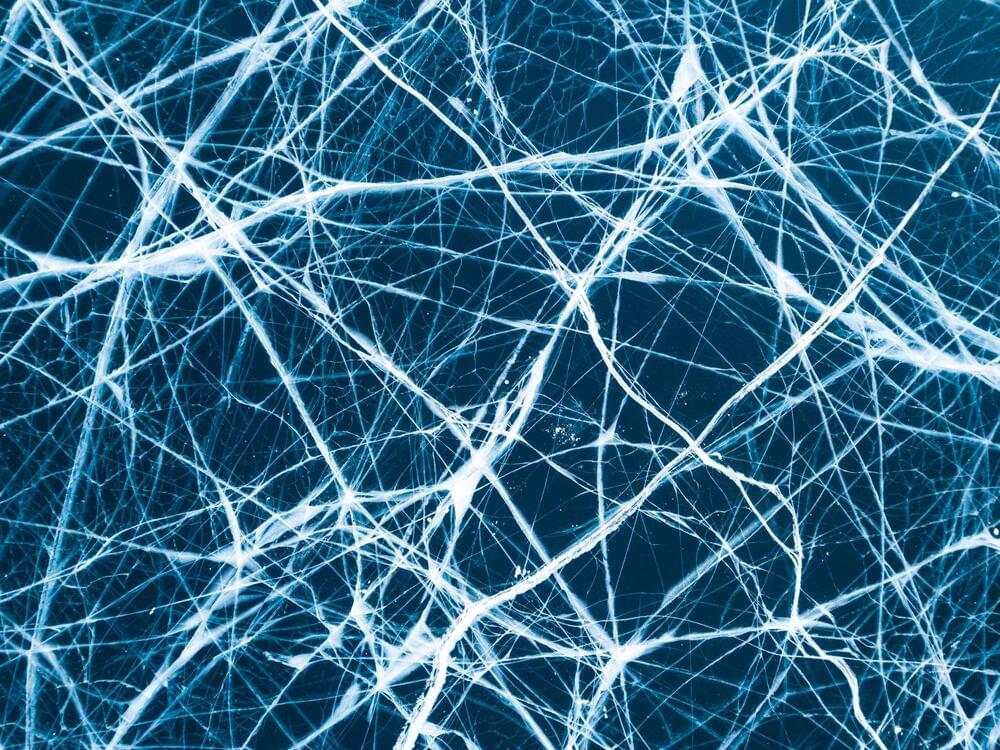
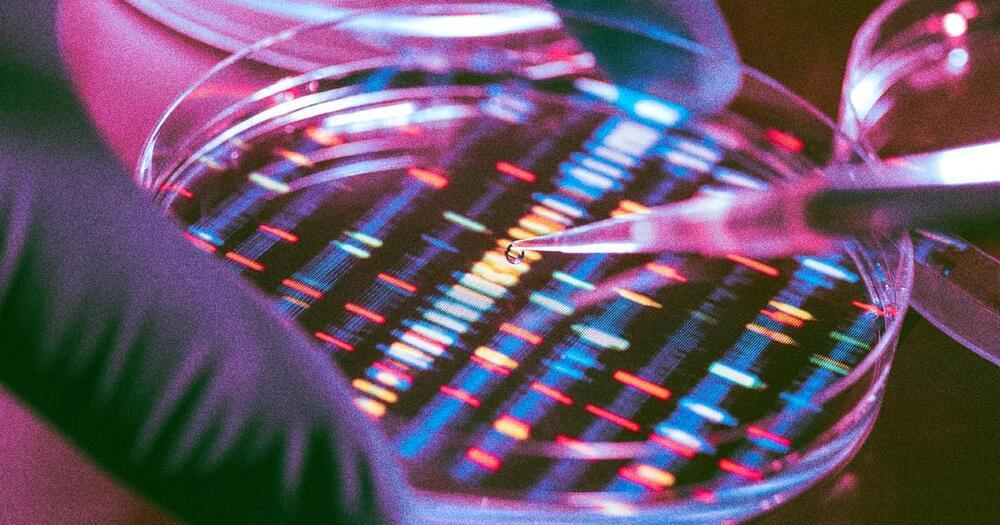
Even with dialysis, life expectancy is significantly shortened. With a kidney transplant, patients can expect to live 10 to 15 years longer.
The problem is that there aren’t enough donor kidneys to meet demand. If a person is lucky enough to find a matching donor, they still have to take immunosuppressants for the rest of their lives. While the drugs ensure their body won’t reject the organ, they also increase the risk of serious infections.
An artificial kidney: Researchers at the Kidney Project are on a quest to create a device that could be permanently implanted to do the job of a healthy kidney constantly and automatically.
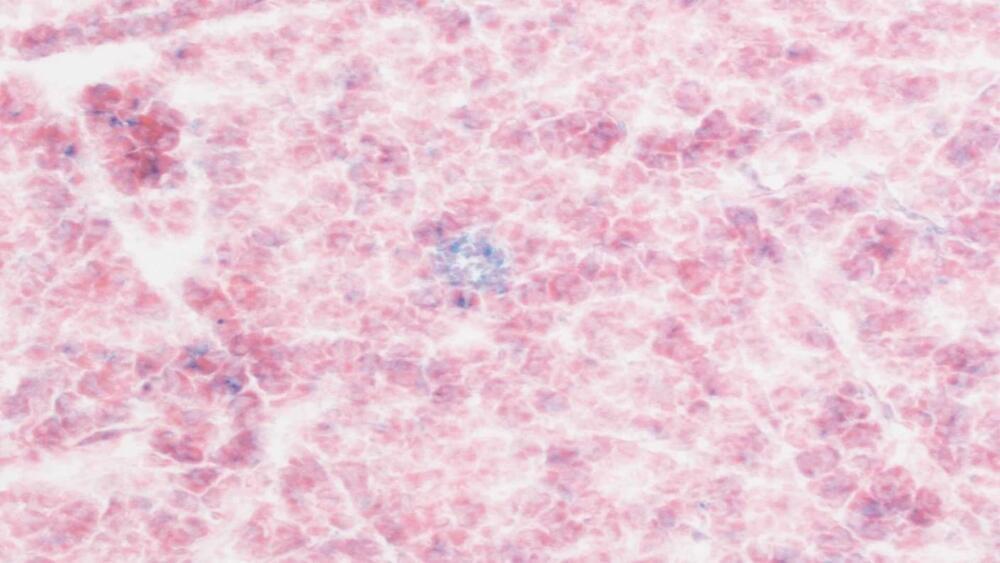
A preventative anti-aging therapy seems like wishful thinking.
Yet a new study led by Dr. Corina Amor Vegas at Cold Spring Harbor Laboratory describes a treatment that brings the dream to life—at least for mice. Given a single injection in young adulthood, they aged more slowly compared to their peers.
By the equivalent of roughly 65 years of age in humans, the mice were slimmer, could better regulate blood sugar and insulin levels, and had lower inflammation and a more youthful metabolic profile. They even kept up their love for running, whereas untreated seniors turned into couch potatoes.